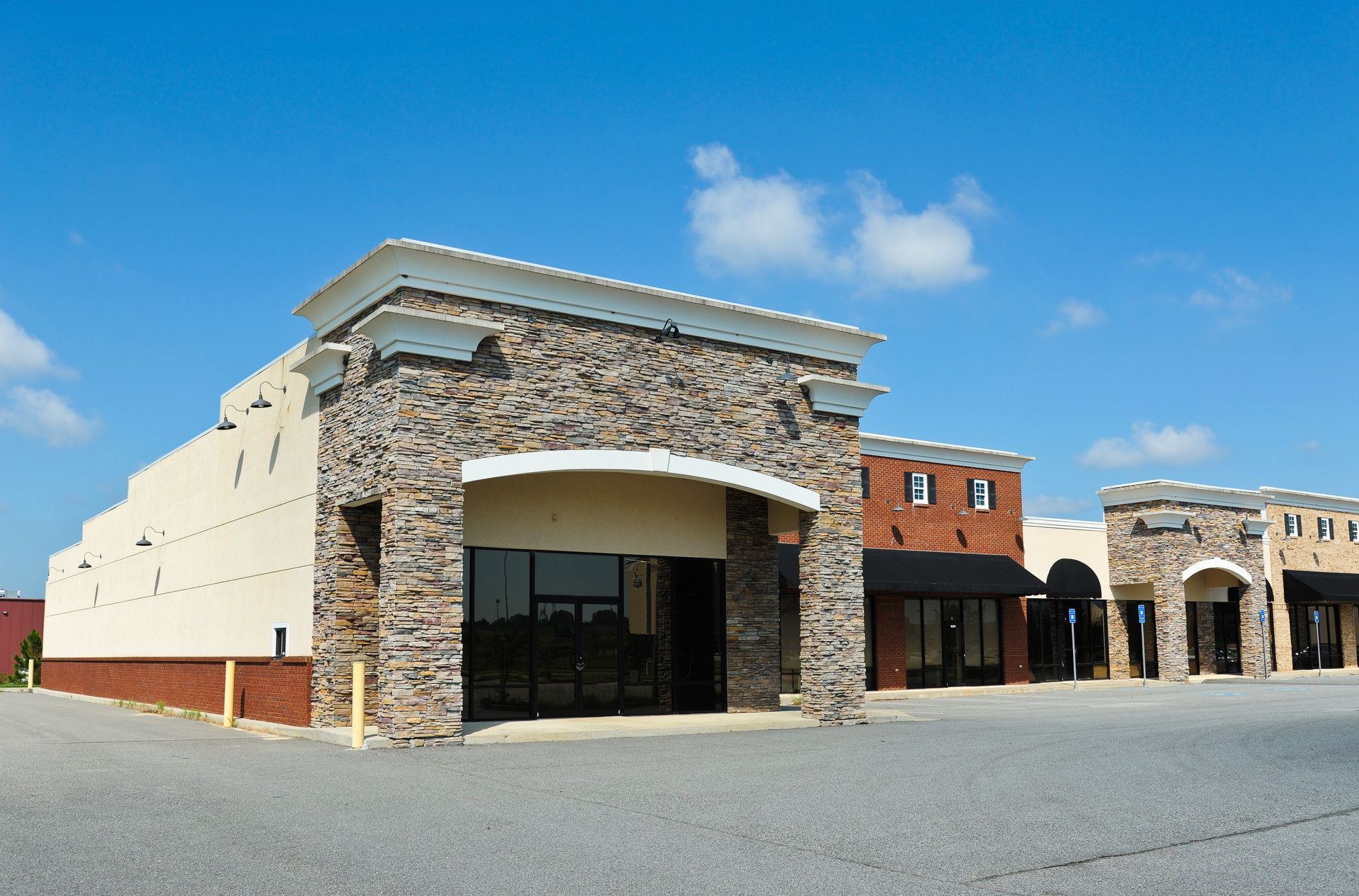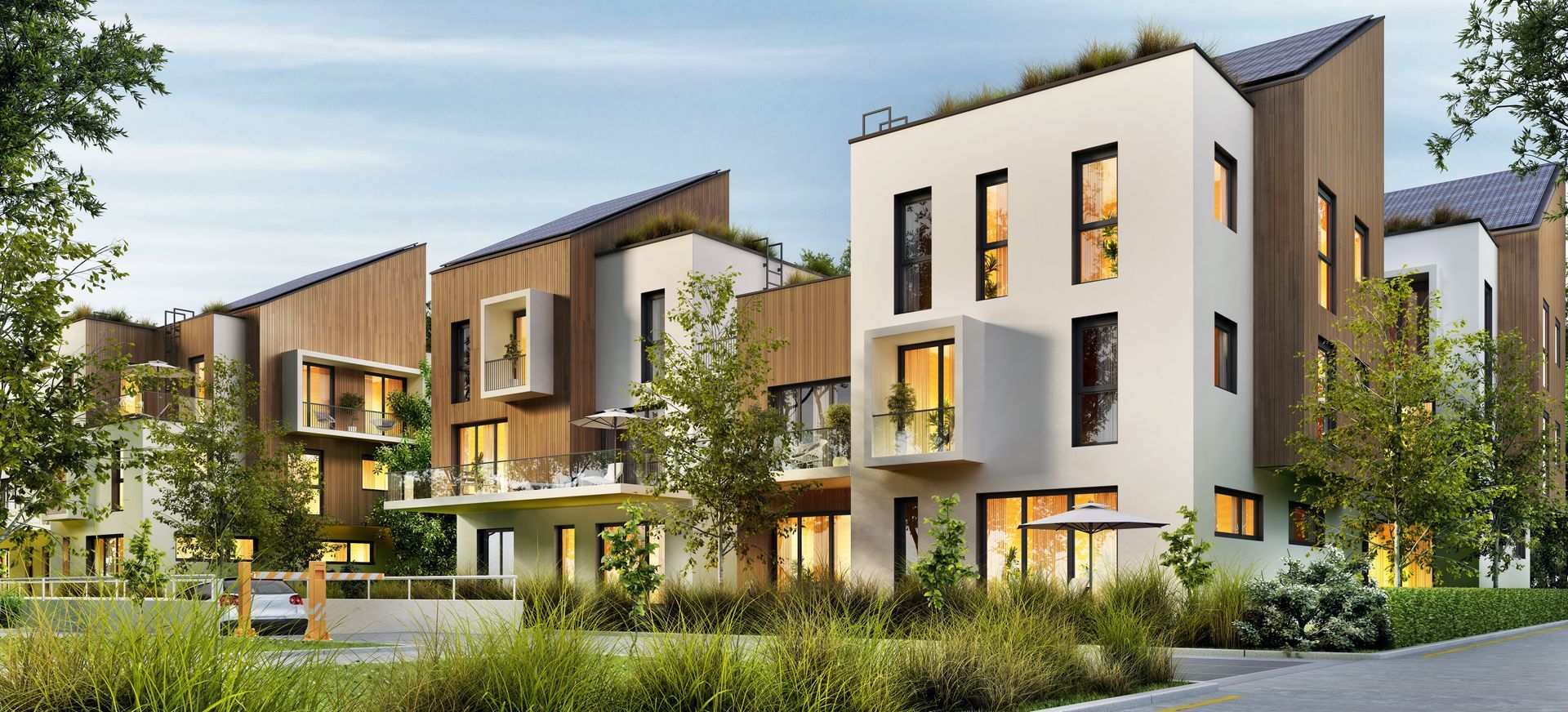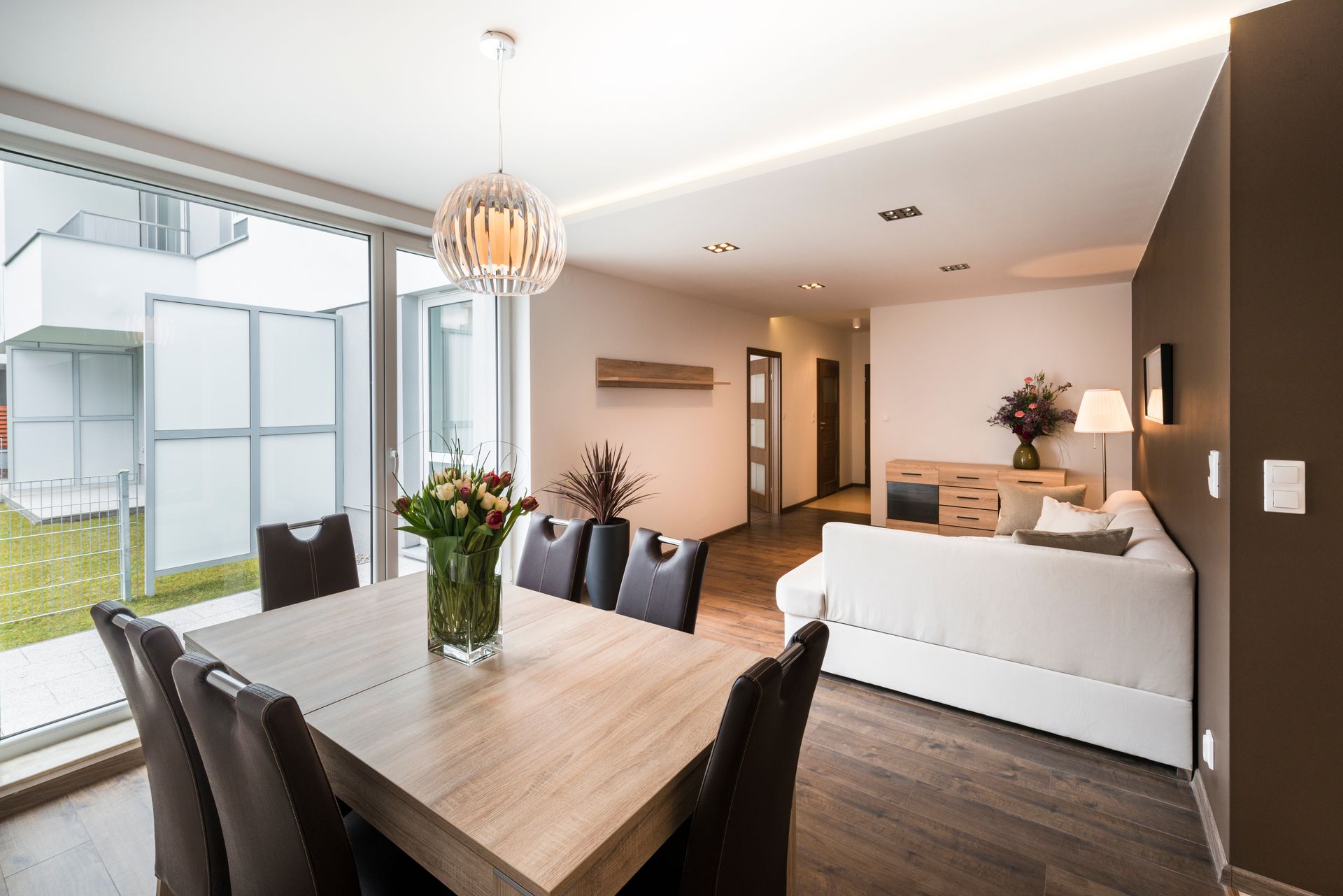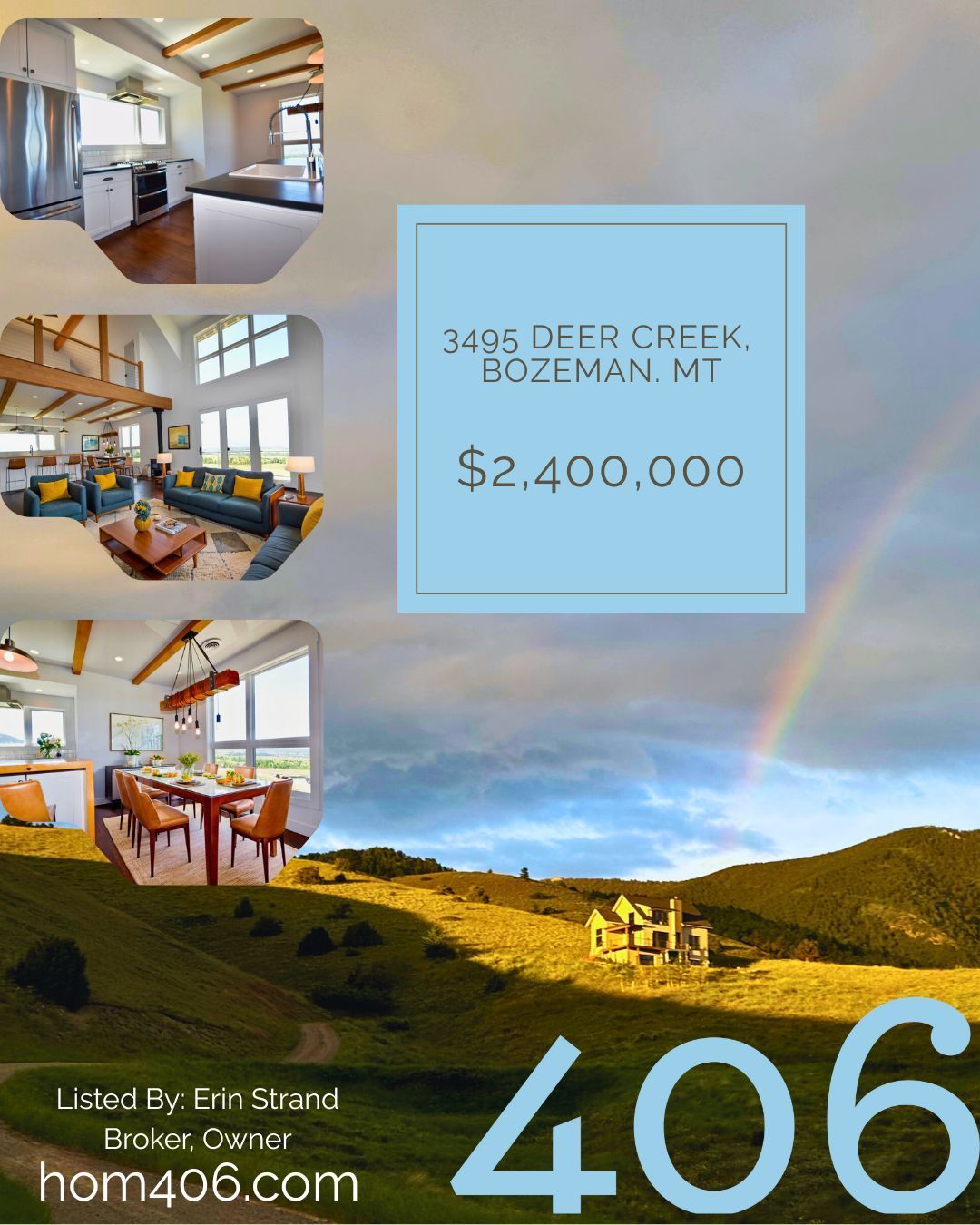Is There a Pricing Solution?
Bozeman City Planners have worked for years to develop an “Affordable Housing Plan” As you can imagine, the solutions aren’t straightforward. Affordable Housing, by definition, seems to expect that every owner should be able to purchase a single-family, three-bedroom, two-bathroom home. While that style of property is the quintessential American Dream, that housing expectation doesn’t account for alternative housing opportunities. Even 10 years ago, when prices were lower, a starter home for most of my buyers was a condo or townhome. Those properties offer lower property taxes, lower ownership costs, and a lower financial barrier to entry for a first-time buyer.
For developers to offer single-family houses priced affordably (as the City defines it), Developers can not afford to build houses that meet the city's minimum requirements and offset the burden of development costs.
Did you know the City requires minimum lot sizes, minimum setbacks, and minimum footprints for homes? And requires developers to plan for parks and open spaces, funding them either through a financial contribution to the City or with actual realized park development.
For Developers to offer Affordable Single-Family Housing, the City has to offset those hearty development costs, therefore allowing Developers to offer properties to the end user for a lower purchase price. Instead, the City passes most infrastructure costs to developers to expand our City services. Whether a Developer is considering infill or outlying construction, they will be subject to regulatory requirements, engineering review, planning review, and costs associated with the improvement of existing infrastructure.













